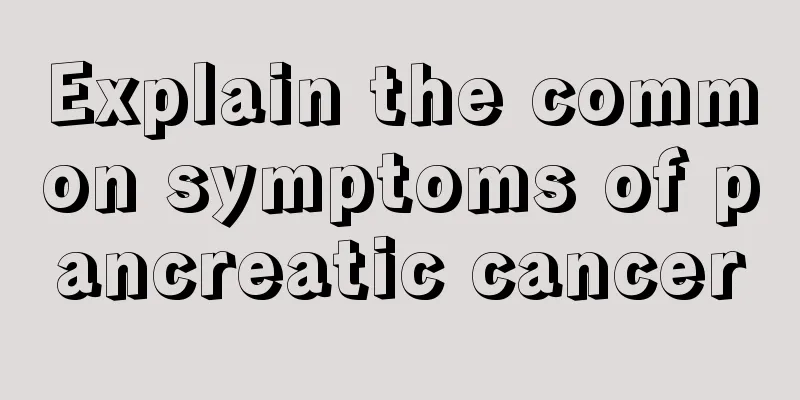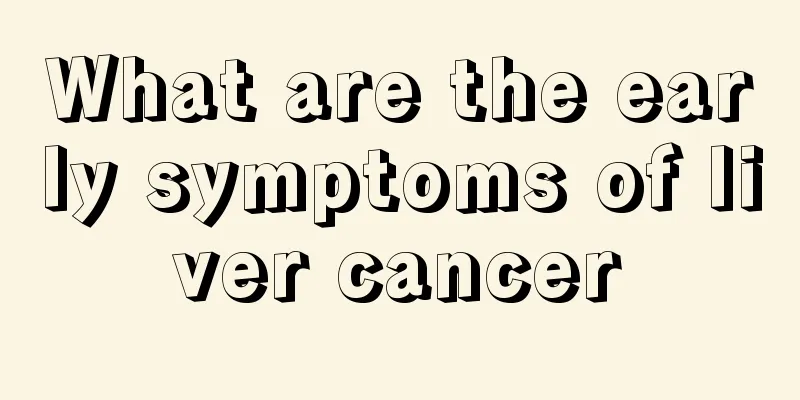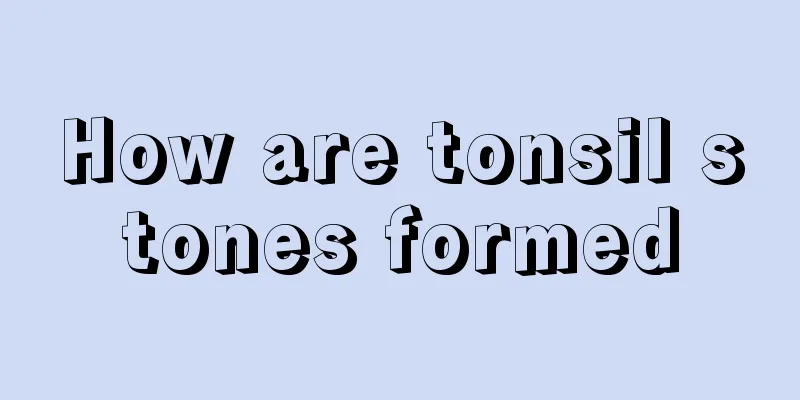The difference between 2-valent, 4-valent and 9-valent cervical cancer vaccines

|
The main difference between the bivalent, quadrivalent and nonavalent cervical cancer vaccines is that they prevent different HPV subtypes and their suitable injection ages are also different. 1. Prevention effect: The nine-valent HPV vaccine can prevent about 90% of cervical cancer, covers the most HPV subtypes and has the widest protection range. The two-valent HPV vaccine can prevent about 80% of cervical cancer. Although it covers fewer subtypes, it can still provide good protection. 2. Applicable age: The applicable age of bivalent and nine-valent vaccines is usually up to 26 years old, but even if you are over this age, you can still get vaccinated. Relatively speaking, the applicable age range of the quadrivalent HPV vaccine is wider, and it can be vaccinated up to 45 years old. This is a more flexible option for those who are older but still want to prevent HPV infection. 3. Additional preventive effect: In addition to preventing cervical cancer, the quadrivalent HPV vaccine can also prevent genital warts, a sexually transmitted disease caused by HPV. This additional preventive effect makes the quadrivalent vaccine more attractive in some cases, especially for those who are concerned about multiple HPV-related diseases. 4. Vaccination recommendations: When choosing which vaccine to take, you need to consider your age, health status, and financial ability. For young women, especially those who have not had sex, the bivalent and nine-valent vaccines are good choices because they can provide a higher prevention effect on cervical cancer. If you are older or at risk of multiple HPV-related diseases, the quadrivalent vaccine may be a more appropriate choice. 5. Economic factors: The nine-valent vaccine is usually more expensive because it covers the most HPV subtypes and provides the most comprehensive protection. If the budget is limited, the two-valent and four-valent vaccines are also good choices, especially in preventing cervical cancer, their effects are already very significant. 6. Vaccination process: All HPV vaccines require multiple vaccinations to achieve the best effect. Usually three doses are required, completed within 0, 1-2, and 6 months respectively. During the vaccination process, you need to pay attention to maintaining good hygiene habits to avoid infection. 7. Side effects: The side effects of HPV vaccines are generally mild, and common ones include pain, redness, swelling, and slight fever at the injection site. These reactions usually disappear on their own within a few days. If you have a severe allergic reaction, you should seek medical attention immediately. 8. Long-term protection: Current studies have shown that HPV vaccines can provide long-term protection, but the specific duration of protection requires more research data support. Regular cervical cancer screening is still required after vaccination to ensure early detection and treatment. Through this information, I hope everyone can better understand the differences between cervical cancer vaccines and make the most suitable choice for themselves. HPV vaccination is an important measure to prevent cervical cancer, and early vaccination can provide better protection. |
<<: Which three places will cause pain in the early stage of breast cancer
>>: Can staphylococcus aureus be used in advanced lung cancer?
Recommend
Endometrial cancer recurrence hard lumps and bleeding
Endometrial cancer generally presents as vaginal ...
Why do I have stomachache after eating?
Stomach pain after eating is a very common phenom...
What are the acidic shampoos
Shampoo is a common item in our lives. It not onl...
Why does drinking milk give you bad breath
Nowadays, people pay more and more attention to t...
What happens if meat floss is soaked in water
Meat floss is a relatively common ingredient that...
What's wrong with the blood pimples on my head?
The situation of blood pimples on the head is act...
What are the benefits of ivory to the human body
Elephants are large animals with a pair of very d...
Why does nosebleed occur due to brain cancer
Can brain cancer cause nosebleeds? In any case, a...
What to do if your stomach gets bloated after drinking milk
Nowadays, many parents pay much more attention to...
What to do with kidney yin and yang deficiency type
How much do you know about kidney deficiency? Wha...
What to do if your mouth is bitter and smelly
There will be a period of time when we find that ...
3 must-read points for patients with narcolepsy
When narcolepsy occurs, it can cause great change...
What material is best for baby drinking cups
For adults, they can just buy whatever they like ...
Digestive tract bleeding in advanced liver cancer
Advanced liver cancer gastrointestinal bleeding G...
What oil is suitable for frying
In our lives, there are many types of cooking oil...









